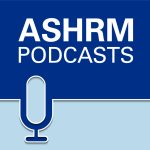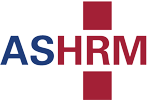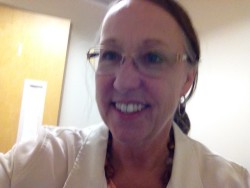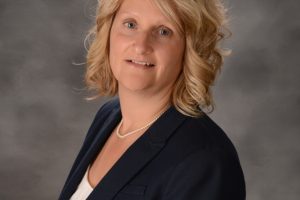Healthcare risk management is a diverse profession. Our wide range of potential responsibilities results from the varied settings and organizations in which we are employed. Healthcare risk management professionals come from an impressive spectrum of professional and educational backgrounds. Regardless of setting or background, we are all an integral part of delivering safe healthcare.
In terms of the formal Risk Management Process, there are five steps:
- Investigate RM strategies/methods
- Evaluate Tools
- Select Tool
- Implement Tool
- Monitor for Effectiveness
These steps are often remembered with the mnemonic phrase “I eat sugar in the morning.”
Mentoring a New Risk Manager
When employees join your team without risk management experience, what do you do to assist them in understanding and gaining the knowledge required in this field? Of course there is usually an orientation to the organization and to the department as well as those policies and procedures created over time. In addition to having a preceptor for on-the-job training, there is a multitude of potential resources to support them. Specific listserves can provide valuable information related to the field as well as the organizations that offer insights, direction and food for thought. Because there is variation in function and scope in our field, you must determine how your new employee will function and funnel them to those information areas applicable to your organization and circumstances, while being mindful not to overwhelm them. Their own backgrounds also affect what new skills and perspectives they will need. We have found that having new employees partner with risk managers who observe and debrief after an activity is an excellent way to teach the skills of the trade.
Professional Organizations
There is no better way to advance a career than to reach out and take advantage of professional associations. There are a myriad of volunteer opportunities, which provide both learning and networking opportunities. I encourage all in our field to actively participate and pass milestones along the path. These milestones allow risk managers to achieve higher levels of distinction. Just as the Boy Scouts have their top level as Eagle Scout, so too does our profession.
The American Society for Healthcare Risk Management, recognized as one of the premier organizations in healthcare, offers a wealth of information, activities and opportunities. In this age of cost containment, self- study courses, webinars and podcasts can be very affordable. ASHRM state chapters’ workshops and events can be budget friendly options. And, ASHRM offers scholarships.
Here are resources I recommend to both new and seasoned risk management professionals:
- ASHRM (American Society for Healthcare Risk Management) and state chapters
- Becker’s Hospital Review <editorial@beckershealthcare.com>
- The Hastings Center
- ECRI Institute
- ISMP (Institute of Safe Medication Practices)
- NPSF (National Patient Safety Foundation)
- WoundSource ENEWS
- Common Good
- NASEM (National Academies of Science, Engineering and Medicine)
- Healthcare Leadership Review
- TMIT
- Health Data Management
- Patient Safety and Quality Insider
- MCN Healthcare
- AHRQ Agency for Healthcare Research and Quality (including psnet)
- Medicare Interactive outreach@medicarerights.org
- The Doctors Company Doctors-Practice@thedoctorscompany.com
- National Underwriter Property & Casualty
- Pennsylvania Patient Safety Authority patientsafetyauthority@pa.gov
- The Risk Authority, Stanford
Career Credentials
My experience is that it takes six months to a year for new risk managers to become comfortable using their new skills and knowledge. The next best step is to begin the process to achieve the ASHRM Certified Professional in Healthcare Risk Management (CPHRM) designation. Two years of risk management experience is required to take this certification examination, which results in a tangible credential verifying broad knowledge of the field.
There are two levels of recognition that require applicants to meet specific criteria in four categories: academic/professional designations, continuing education, employment experience and contributions to the industry. The first level is Fellow of the American Society for Healthcare Risk Management (FASHRM), which requires current and a minimum of five years’ ASHRM membership. FASHRM recognizes superior achievement in the field of healthcare risk management. The next level is Distinguished Fellow of the American Society for Healthcare Risk Management (DFASHRM), which recognizes outstanding achievement in the field of healthcare risk management. As members earn these designations, the achievements are announced at the annual ASHRM business meeting, recognized in ASHRM publications and recognized with plaques.
Directing new risk managers on the road to achieving professional recognitions is of great value to our field. It ensures we have qualified and knowledgeable risk managers to provide expert opinions and strategies in the mitigation of risk and the advancement of safety in the healthcare environment.
For more than two decades, Heidi Harrison, BS, RN, CPHRM, has been a risk manager at Inova Health System, which serves more than two million people each year from throughout the Washington, DC metro area and beyond. Currently, she is also the chair of the ASHRM Forum Task Force, leading the team that writes, acquires and edits the submissions to share in the Forum.









